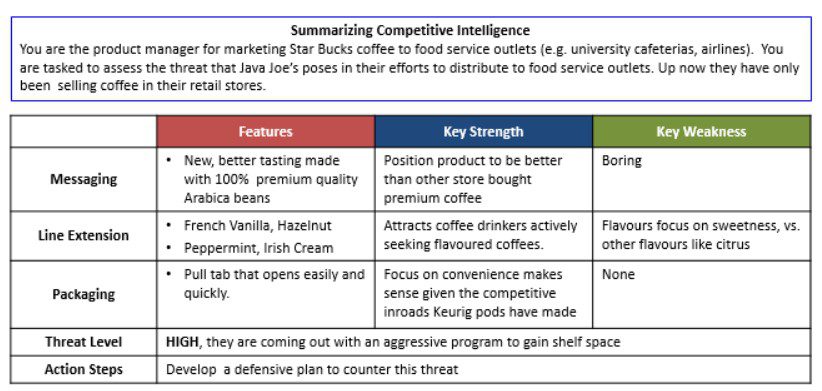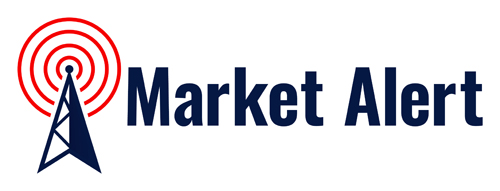

The challenge in competitive intelligence is dealing with lots and lots of fragmented data stemming from a myriad of sources. The best way to do this is by creating and filling a summary table. Sure this sounds like a simple, obvious solution. But the trick is setting up the table and determining what information should be entered.
Goal of your Summary Table
Ultimately the goal is to cover the key intelligence questions with enough detail, specificity and clarity that leads to meaningful insights about the competitor you’re researching.
So how to go about it?
2 Tables Not 1.
There are 2 tables to generate:
The first plots your findings, where the key intelligence questions are listed in rows and source in columns. Essentially you are updating the table with findings until the table is completed.
The second table is the one to present to stakeholders and team members. It generates insights (e.g. strengths, weaknesses) conclusions (e.g. threat level, best practices to incorporate) and action steps.
The table at the top is an example. It takes just a few minutes to digest and gives the reader next steps to act on.
Conclusion
A key task in generating competitive intelligence is synthesizing findings into take away points that are quickly and easily understood.
This means generating easy to follow, well documented, accurate and meaningful findings.
Summary tables are the best way to deliver this. No question!
In competitive intelligence it’s not the sizzle that sells but the steak.
